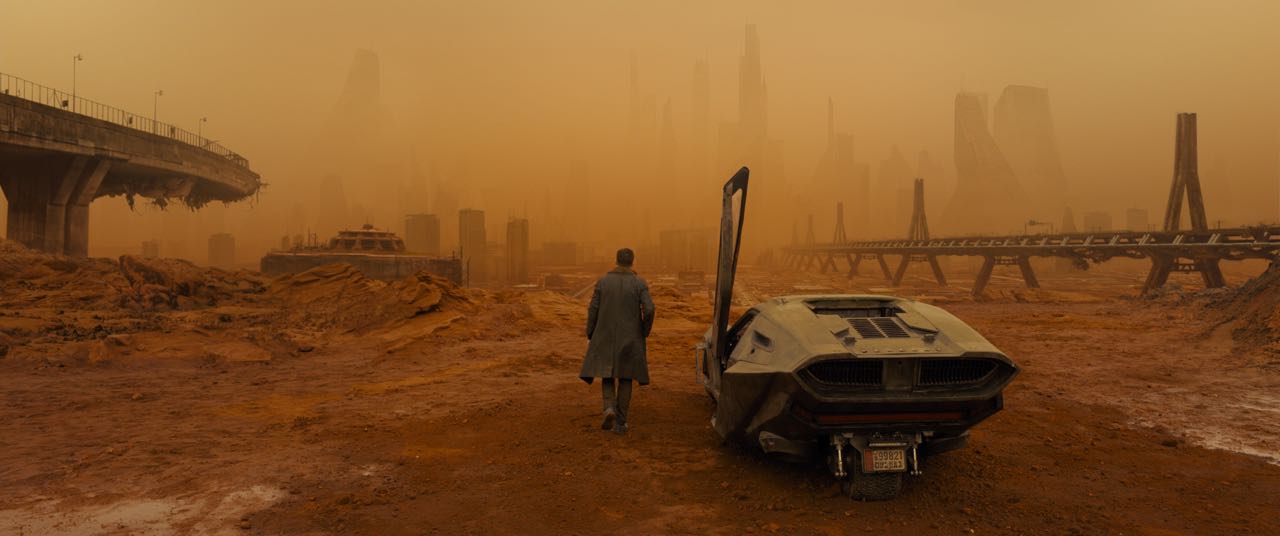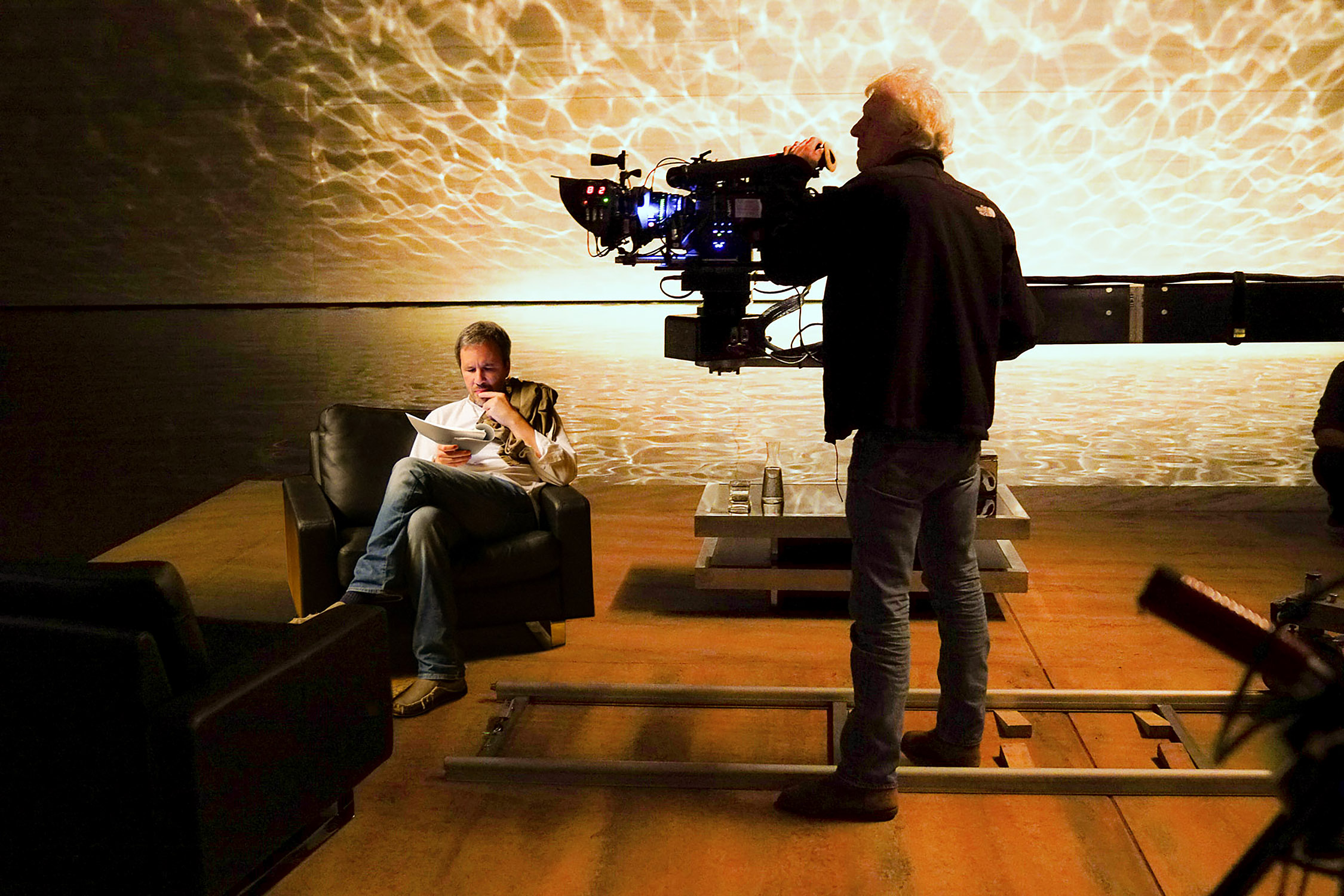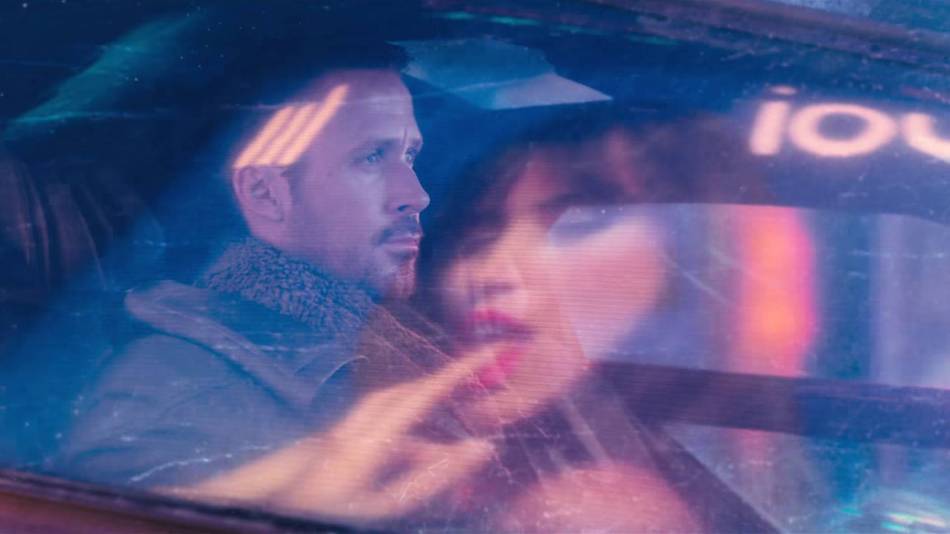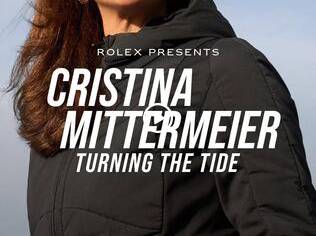BLADE RUNNER 2049 - Academy Award Nominations
BEST CINEMATOGRAPHY
Roger Deakins - WINNER
BEST VISUAL EFFECTS
John Nelson, Gerd Nefzer, Paul Lambert, Richard R. Hoover - WINNER
BEST PRODUCTION DESIGN
Dennis Gassner, Alessandra Querzola
BEST SOUND EDITING
Mark A. Mangini, Theo Green
BEST SOUND MIXING
Ron Barlett, Doug Hemphill, Mac Ruth
The team responsible for the look of Blade Runner 2049 literally created an entire world for the movie's characters to inhabit. While the film was a continuation of the 1982 neo-noir classic directed by Ridley Scott, its scale and budget were far grander — Scott calls 2049 "the most expensive art house movie in cinema history".
Director Denis Villeneuve, art director Dennis Gassner, visual effects supervisors John Nelson, Gerd Nefzer, Paul Lambert and Richard R. Hoover, and cinematographer Roger Deakins painstakingly crafted and dramatically lit the film's near-future dystopia, going against the trend for ever more digitally generated moviemaking and adhering to a philosophy of 'keeping it real'.
 Denis Villeneuve (left), Roger Deakins (right)
Denis Villeneuve (left), Roger Deakins (right)
Director of Photography Deakins was rewarded with an Oscar for his efforts, on his 14th nomination at the Academy Awards. His celebrated work includes The Shawshank Redemption (1994), Fargo (1996), No Country for Old Men (2007), Skyfall (2012), Sicario (2015).

Shot on vast sets in Budapest, 2049 has a far more expansive feel than the claustrophobic original Blade Runner.
When he was initially discussing his starring role in 2049, Ryan Gosling asked producers whether the entire thing would be shot on a green screen and the world of Blade Runner patched in using computer-generated imagery (CGI). Quite the opposite. Director Villeneuve despises using green screens and apparently, the number seen on the shoot could be counted on the fingers of one hand, with digital imaging primarily being used to fill in backgrounds.

"CGI is very strong when it’s helping reality, helping real shots," Villeneuve said. "But to start just from CGI is a challenge. It’s not something I wanted to do." Instead, in order to avoid the movie looking "too Marvel", as Villeneuve put it, and to give the actors a real environment to interact with, the production team physically built nearly everything we see on screen in Blade Runner 2049.

"Actors need real props, a real table, a real room, a real window," said Villeneuve. "They need those things to believe" the part they’re playing, he said.
But it wasn't just furniture that was rendered in solid, three-dimensional form.

Architecturally spectacular sets were constructed in Budapest, many so impressive that Gosling says the greatest challenge for him, as an actor, was pretending to be nonplussed and blasé — as his character would've been — about the imposing environments he filmed in during the 96-day shoot (the longest of Villeneuve's career).
"They created this incredible world," Gosling said, "a living, breathing universe." The star is of the opinion that having a fully fleshed-out external world allows an actor to better explore a character's internal life, a view Villeneuve shares and was willing to invest a great deal of the movie’s budget in fulfilling.
Blade Runner 2049's visual effects were created by the New Zealand-based Weta Workshop, famed for its work on Peter Jackson's Lord of the Rings trilogy and The Hobbit (as well as Mad Max: Fury Road, Avatar, King Kong, Hellboy, I, Robot, Thor: Ragnarok and numerous others). Though their contribution involved plenty of digital graphics, much of it was old-school handiwork and set building — albeit downsized. The craftspeople at Weta constructed intricate scale models of the buildings that comprised 2049’s gothic skylines, each mini tower block taking a week to construct and finish with the decayed patina of the grungy, dystopian future.





Capturing the world Villeneuve and art director Gassner had imagined and lovingly built fell to leading cinematographer, Roger Deakins. Deakins had previously collaborated with Villeneuve on his films Prisoners and Sicario, but 2049 was on another level altogether. "I've never worked on a film with so many sets and different lighting patterns," said Deakins, who has shot more than 50 films during his long career. (He was heralded as "the pre-eminent cinematographer of our time" when he received the American Society of Cinematographers Lifetime Achievement Award in 2011.)
Deakins said 2049 presented a huge technical challenge, but the team behind the movie were committed to creating something truly outstanding, which did justice to its classic predecessor. With its dirty, rain-sodden, worn-out, neon-lit cyber-punk aesthetic, the first Blade Runner changed the visual tone of sci-fi forever.
"So many science fiction films look the same because effects are all done by rote," Deakins opined. "We were desperate to create our own world."

Villeneuve imagined that in the three decades since the original story, the world had only grown harsher. In order to depict scenery Villeneuve wished to look as brutal, stark and unforgiving as possible, Deakins took inspiration from such real-world sources as the smog-filled cityscape of Beijing and vast sandstorms in Saudi Arabia.
Blade Runner 2049 is a dark film, but the judicious, expert use of lighting was central to Deakins' cinematographic approach. (He's revealed that though this was a big budget movie, occasionally the lighting was quite lo-fi — everything from sophisticated computer-controlled lighting rigs to a simple bare bulb could be used, depending on the effect Deakins was going for.)
Like the later paintings of Rembrandt, light and colour are used to highlight focal points within scenes that are primarily shrouded in shadow. In both cases, what is ultimately illuminated is a masterpiece.


















